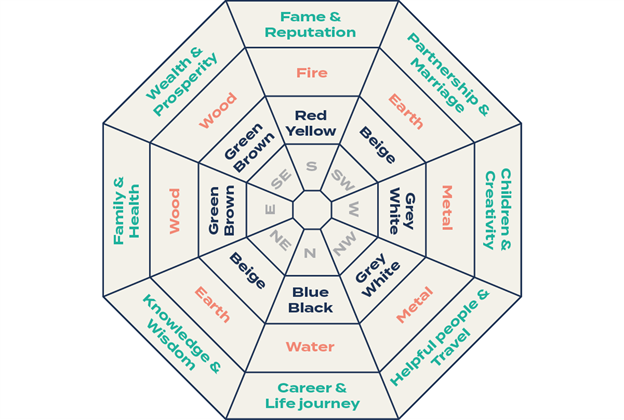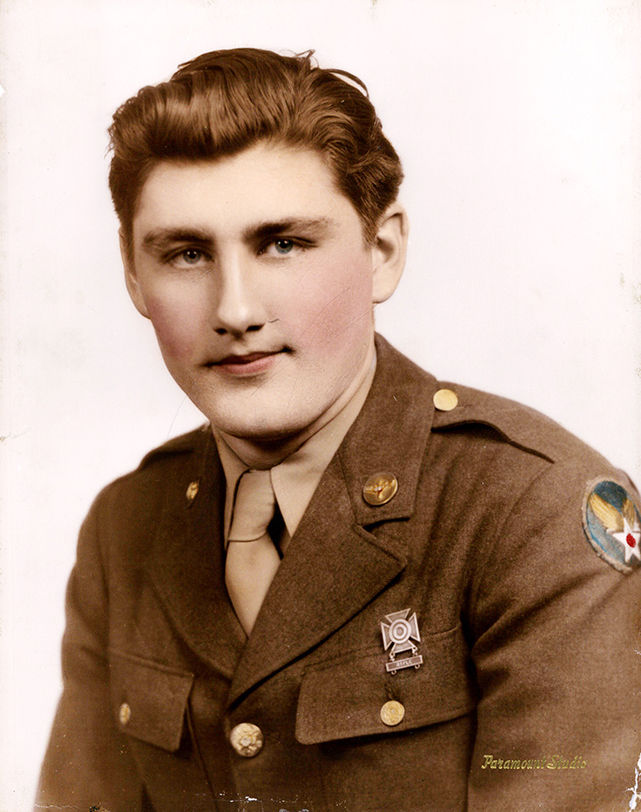by Ana Morlier
Feng Shui—Encourage A sense of Balance

The preparation for St. Patrick’s Day has begun in this issue of the Banner! I’m sure you’ve done it all before in preparation for St. Patty’s Day: seeking out four-leaf clovers (if the weather permits), wearing green, consuming a copious amount of lucky charms, and hitting the pub with friends if you’re of age. But have you considered the practice of feng shui to enhance your luck on St. Patrick’s Day? For all you readers who are looking for a less rowdy way to celebrate this holiday, this practice is for you!
Feng shui (translates to wind and water) involves positioning furniture, plants, or other items in your house to encourage a sense of balance between you and your external environment. How you structure various rooms depends on the Bagua you want to concentrate on. That is, an element of your life, such as wealth, fame, partnership, children, family, knowledge, career, wealth, and health, to name a few. Generally, the practice encourages a less cluttered, more open space.
Here are some plants that encourage the benefits of these Baguas. Position them so that they receive adequate lighting. Some may need indirect lighting, while others require full sun. Try to line them at the perimeter of your room to allow space in the focal point of your room for better flow.
To encourage wealth: Jade plant, Money plant (Crassula Ovata), Money Tree (Pachira Aquatica). The color purple and boxy shapes are also associated with this Bagua. Best placed in an office space.
To encourage wellness: Citrus trees, philodendron, ferns, and fiscus. Associated with plants with rounded leaves and act as air purifiers. Place in a beloved gathering place, such as a living room.
To encourage intellect: Blue lace, lavender, fairy thimbles, and the triplet lily. These plants can also be placed in an office/study space.
To encourage fame: Mother of thousands, coleus, anthurium, and radiator plants (peperomia). Most effective when placed in a gathering space or an office space.
For protection: Snake plants, hedgehog aloe serve as protectors of the home. Place them near doors or windows (for the cheaper and greener home security option).
These are a few suggestions for luck-bringing plants. Any plants in your home will positively impact your mental health and well-being, no matter what they may be.
Their air-purifying properties and hearty nature can encourage a sense of flow and vitality in your home. You can also practice mindfulness while taking care of your plants, thus benefiting your overall health.
This St. Patrick’s Day, stay green with a green thumb, and may prosperity be with you!


